Often misunderstood and unfairly maligned, vultures are among nature’s most vital and fascinating creatures. Far from being symbols of doom, these magnificent birds are the unsung heroes of ecosystems worldwide, playing a crucial role in maintaining environmental health and preventing the spread of disease. Prepare to soar into the world of vultures and discover why these aerial acrobats of sanitation deserve our admiration and protection.
The World of Vultures: An Introduction to Nature’s Clean-Up Crew
Vultures are large, carnivorous birds of prey that primarily feed on carrion, the decaying flesh of dead animals. Their unique dietary preference places them at the forefront of ecosystem maintenance, acting as nature’s ultimate recycling service. While they share a common ecological niche and many physical similarities, the world of vultures is broadly divided into two distinct groups: Old World Vultures and New World Vultures.
- Old World Vultures: Found in Africa, Asia, and Europe, these vultures are true raptors, belonging to the family Accipitridae, which also includes eagles, hawks, and kites. They locate food primarily by sight.
- New World Vultures: Inhabiting the Americas, these birds belong to the family Cathartidae. Unlike their Old World counterparts, New World Vultures often possess an exceptional sense of smell, which they use to detect carrion hidden beneath dense forest canopies.
Despite their geographical separation and distinct evolutionary paths, both groups have independently evolved similar adaptations for their scavenging lifestyle, a remarkable example of convergent evolution.
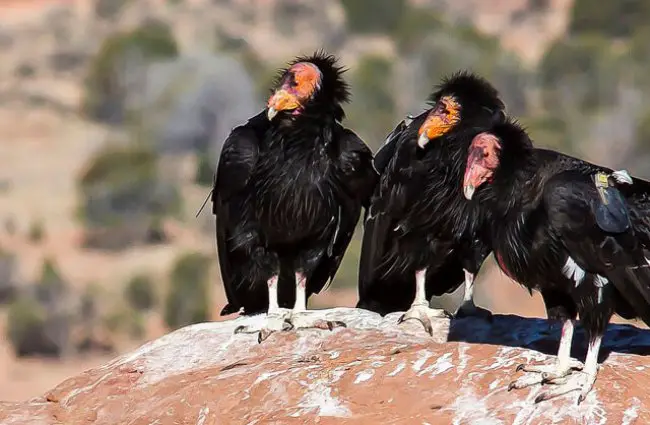
Where to Find Them: Vulture Habitats and Distribution
Vultures are incredibly adaptable birds, thriving in a wide range of habitats across nearly every continent except Antarctica and Australia. Their presence is dictated primarily by the availability of carrion and suitable nesting sites.
- Global Reach: From the arid deserts of Africa to the towering mountain ranges of the Himalayas, and the vast plains of North and South America, vultures have carved out niches.
- Preferred Environments: They are commonly found in open grasslands, savannas, deserts, and mountainous regions where large animals roam and carcasses are relatively easy to spot. Some species, like the Turkey Vulture, can also be found in more forested areas, thanks to their keen sense of smell.
- Finding Vultures in the Wild: For the aspiring animal lover, spotting a vulture often involves looking skyward. They are masters of thermal soaring, circling high in the sky on warm air currents, scanning the landscape below. Look for groups of birds congregating around a potential food source, or perched on tall trees, cliffs, or communication towers, especially during cooler parts of the day. Their presence is a good indicator of a healthy ecosystem.
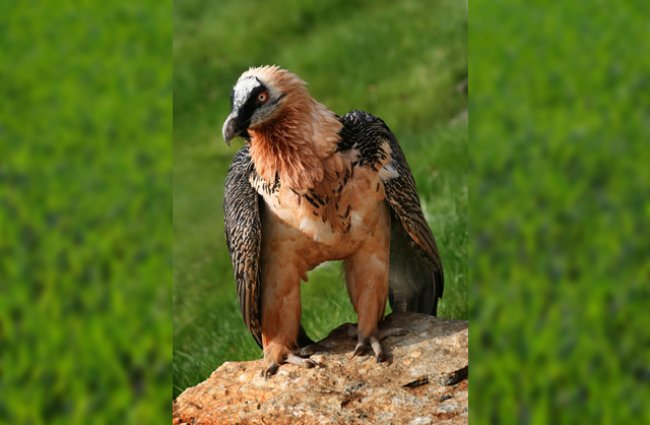
The Ultimate Recyclers: Vulture Diet and Feeding Habits
Vultures are obligate scavengers, meaning their diet consists almost exclusively of dead animals. This specialized diet is not only fascinating but also incredibly beneficial to the environment.
- Carrion Consumption: They consume carcasses of all sizes, from small rodents to large ungulates. Their powerful digestive systems are capable of neutralizing harmful bacteria and pathogens that would otherwise spread disease.
- Stomach Acid: Vultures possess incredibly corrosive stomach acid, far more potent than that of most other animals. This acid effectively destroys bacteria like botulism, cholera, and anthrax, preventing their transmission to other animals and humans.
- Feeding Strategies:
- Visual Hunters: Many Old World Vultures, such as the Griffon Vulture, rely on their exceptional eyesight to spot carcasses from great heights. They often follow other predators or gather in large numbers once a food source is located.
- Olfactory Hunters: New World Vultures, particularly the Turkey Vulture, have an acute sense of smell, capable of detecting the mercaptan gas produced by decaying flesh from miles away.
- Bone Eaters: The Bearded Vulture, or Lammergeier, has a unique diet, specializing in bone marrow. It will carry bones high into the air and drop them onto rocks to shatter them, then consume the nutritious marrow.
- Tool Users: The Egyptian Vulture is known for its clever use of tools, specifically picking up stones and dropping them on ostrich eggs to crack them open.
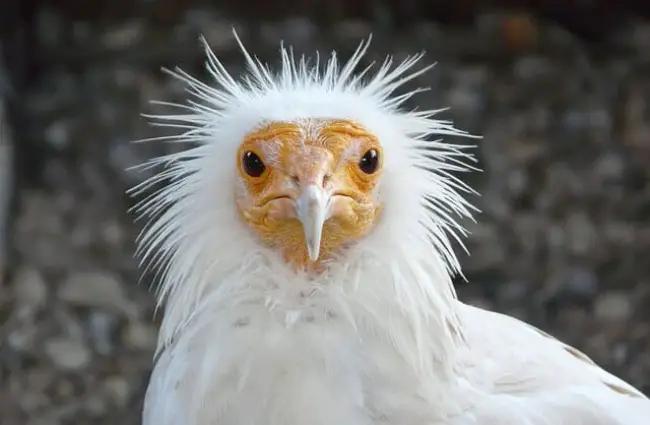
Built for Scavenging: Physical Adaptations
Vultures possess a suite of remarkable physical adaptations that make them perfectly suited for their scavenging lifestyle.
- Bald Heads and Necks: Perhaps their most iconic feature, the lack of feathers on their heads and necks prevents rotting flesh and bacteria from clinging to their plumage while feeding deep inside carcasses. This adaptation helps maintain hygiene and prevents infection.
- Powerful Beaks: Their strong, hooked beaks are designed for tearing tough hides and muscle from carcasses. Different species have varying beak strengths depending on their preferred carrion size and stage of decomposition.
- Keen Senses: As mentioned, both sight and smell are highly developed. Their large eyes provide excellent long-distance vision, crucial for spotting food from high altitudes.
- Broad Wings: Vultures have broad, long wings that are ideal for soaring. They conserve energy by riding thermals, allowing them to cover vast distances with minimal effort in search of food.
- Weak Talons: Unlike predatory birds like eagles, vultures have relatively weak talons. They are not designed for grasping and killing live prey, but rather for walking and holding onto carcasses while feeding.
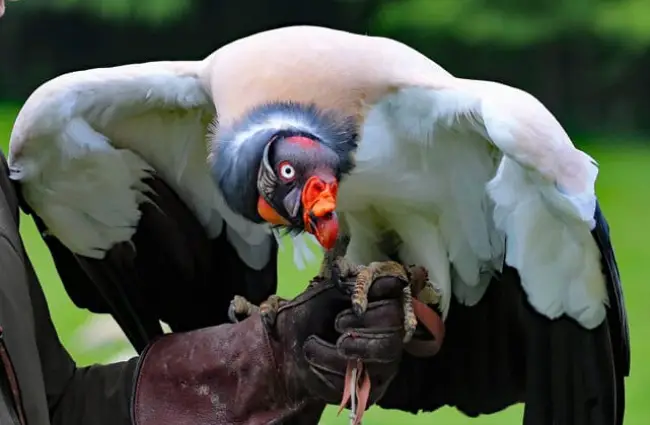
Social Dynamics: Vulture Behavior
Many vulture species are highly social birds, often seen congregating in large numbers, especially around food sources or communal roosts.
- Communal Roosting: Vultures often gather in large groups to roost in tall trees, on cliffs, or on man-made structures. These roosts provide safety in numbers and may serve as information centers where birds share knowledge about food locations.
- Feeding Hierarchy: At a carcass, a clear pecking order often emerges. Larger, more dominant species like the King Vulture or Lappet-faced Vulture may feed first, followed by smaller species. This hierarchy ensures that all birds eventually get a share, albeit in sequence.
- “Wake” of Vultures: A group of vultures circling in the air is called a “kettle.” A group resting on the ground or in trees is called a “committee,” and a group feeding on a carcass is known as a “wake.”
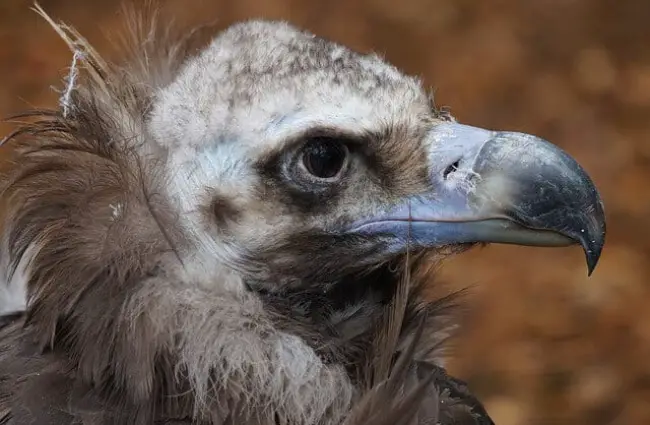
Deeper Dive: The Expert’s Guide to Vultures
An Ancient Lineage: Vulture Evolutionary History
The evolutionary history of vultures is a fascinating tale of adaptation and convergence. While Old World and New World vultures look remarkably similar and occupy the same ecological niche, genetic evidence indicates they are not closely related. This is a classic example of convergent evolution, where unrelated species evolve similar traits due to similar environmental pressures.
- Old World Vultures: These birds are part of the Accipitridae family, sharing a common ancestor with eagles and hawks. Their lineage dates back tens of millions of years, with fossil evidence suggesting their presence in Europe and Africa for a considerable time.
- New World Vultures: The Cathartidae family, which includes species like the California Condor and Turkey Vulture, is believed to have diverged much earlier. Some theories suggest they are more closely related to storks than to other birds of prey, though this remains a subject of ongoing scientific debate. Their fossil record in the Americas extends back to the Oligocene epoch.
- Shared Traits, Separate Paths: The development of bald heads, powerful digestive systems, and soaring flight in both groups highlights the efficiency of these adaptations for a scavenging lifestyle, regardless of genetic origin.

Life Cycle: Mating and Reproduction
Vulture reproduction varies by species, but generally involves long-term pair bonds, elaborate courtship rituals, and dedicated parental care.
- Monogamous Bonds: Many vulture species form monogamous pairs that may last for several breeding seasons or even a lifetime.
- Nesting Sites: Nests are typically built in secure, elevated locations to protect eggs and chicks from predators. These can include:
- High cliffs and rock ledges (e.g., Griffon Vultures, California Condors)
- Tall trees (e.g., White-backed Vultures, King Vultures)
- Caves or hollow logs (e.g., Turkey Vultures)
- Clutch Size: Most vulture species lay a small clutch, typically one or two eggs. This reflects the significant investment of parental care required for each chick.
- Incubation and Fledging: Both parents usually share incubation duties, which can last from 30 to over 60 days depending on the species. Chicks are altricial, meaning they are born helpless and require extensive parental care, including feeding and protection, for several months until they fledge.
- Parental Care: Vulture parents are dedicated, regurgitating food for their young and fiercely defending the nest. The slow development of chicks means a long period of vulnerability, making conservation efforts for breeding pairs particularly critical.
Ecosystem Engineers: Vulture’s Contribution and Interactions
The ecological role of vultures extends far beyond simply cleaning up carcasses; they are indispensable ecosystem engineers.
- Disease Prevention: By rapidly consuming carrion, vultures prevent the proliferation of disease-carrying bacteria and viruses that could otherwise spread to livestock, wildlife, and humans. This is arguably their most critical ecosystem service.
- Nutrient Cycling: They accelerate the decomposition process, returning vital nutrients to the soil more quickly than if carcasses were left to decompose slowly.
- Interaction with Other Scavengers: Vultures often interact with other scavengers like hyenas, jackals, and various insects. Their presence can signal a food source, leading to a complex hierarchy at a carcass. However, their efficiency often means less food for other scavengers, which can have cascading effects on local populations.
- Indicator Species: Healthy vulture populations are often an indicator of a healthy ecosystem, as they rely on a steady supply of carrion from diverse wildlife populations.
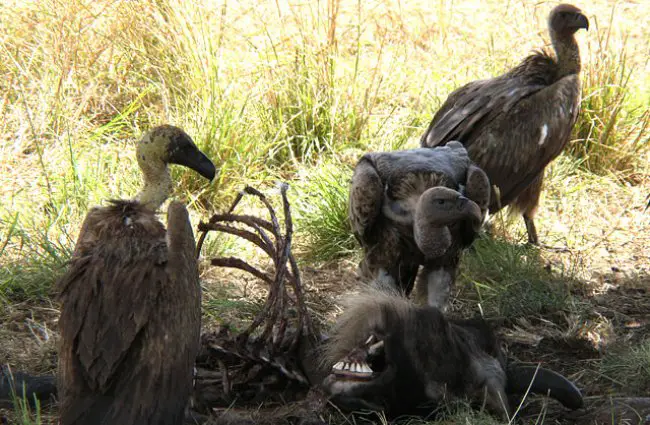
Vultures and Humanity: Culture, Conservation, and Coexistence
Cultural Significance
Vultures have held diverse and often contradictory roles in human culture throughout history.
- Ancient Egypt: The Egyptian Vulture was revered, associated with the goddess Nekhbet, a protector of pharaohs, and symbolized maternity.
- Native American Cultures: Many tribes viewed vultures, particularly condors, as sacred beings, embodying purification, renewal, and the spirit world.
- Zoroastrianism: In some traditions, vultures play a crucial role in sky burials, consuming the deceased and facilitating the soul’s journey.
- Modern Perceptions: Unfortunately, in many Western cultures, vultures are often associated with death, decay, and ill omens, leading to negative stereotypes that hinder conservation efforts.
Conservation Status and Threats
Globally, many vulture species face severe threats, with several teetering on the brink of extinction. The dramatic decline of vulture populations, particularly in Asia, has highlighted their critical ecological importance.
- Poisoning: This is the single greatest threat. Vultures often fall victim to secondary poisoning when they feed on carcasses of animals that have been poisoned, either intentionally (e.g., by poachers targeting predators) or unintentionally (e.g., by farmers using veterinary drugs like diclofenac, which is highly toxic to vultures).
- Habitat Loss and Degradation: Urbanization, agricultural expansion, and infrastructure development reduce suitable foraging and nesting grounds.
- Food Scarcity: Declines in wild ungulate populations reduce the availability of carrion.
- Electrocution and Collision: Power lines and wind turbines pose significant risks to large soaring birds.
- Persecution: Misinformation and negative perceptions sometimes lead to direct persecution.
Conservation efforts include banning harmful drugs, establishing vulture safe zones, captive breeding programs (like for the California Condor), and public awareness campaigns.
Interacting with Vultures: Advice for Hikers and Zookeepers
- For Hikers in the Wild:
- Observe from a Distance: If you encounter a vulture, especially at a carcass, maintain a respectful distance. Vultures are generally shy and will not pose a threat to humans.
- Do Not Approach Nests: If you discover a nest, observe from afar and avoid disturbing the birds, particularly during breeding season.
- Appreciate Their Role: Understand that their presence is a sign of a healthy environment. They are doing vital work.
- For Zookeepers Caring for Vultures:
- Dietary Management: Provide a consistent diet of fresh, high-quality carrion (e.g., thawed rodents, chicks, or larger animal carcasses) to mimic their natural diet. Supplementation with vitamins and minerals may be necessary, especially for growing chicks or breeding adults. Avoid feeding them meat treated with harmful veterinary drugs.
- Hygiene and Enclosure Maintenance: Vultures are naturally clean birds. Their enclosures require rigorous cleaning to prevent bacterial buildup. Provide ample perching opportunities at varying heights and ensure access to bathing water.
- Enrichment: Offer environmental enrichment to stimulate natural behaviors. This can include varied feeding schedules, hiding food, providing different textures or objects to manipulate, and opportunities for soaring in large aviaries.
- Health Monitoring: Regular veterinary checks are crucial. Monitor for signs of illness, changes in appetite, or behavioral abnormalities. Pay close attention to bone health, as some species are prone to metabolic bone disease if not properly nourished.
- Breeding Programs: For endangered species, participate in Species Survival Plans (SSPs) or similar breeding programs, carefully managing genetics and providing optimal conditions for reproduction and chick rearing.
Fascinating Facts About Vultures
Here is a huge list of interesting facts that highlight the unique and often surprising aspects of these incredible birds:
- The largest flying land bird in North America is the California Condor, a New World Vulture, with a wingspan of up to 10 feet.
- Some vultures can fly at altitudes of up to 37,000 feet (11,300 meters), putting them among the highest-flying birds.
- Vultures often urinate on their own legs, a behavior called “urohidrosis.” This serves two purposes: cooling them down through evaporation and sterilizing their legs with the acidic urine after walking through carcasses.
- The King Vulture, with its strikingly colorful head, is often the first to feed at a carcass in its range, using its strong beak to open tough hides for other, smaller vultures.
- Despite their scavenging diet, vultures are meticulous about personal hygiene, often bathing and preening after a meal.
- A group of vultures in flight is called a “kettle” because of the way they appear to boil in the air as they ride thermals.
- Vultures have excellent memory and can remember the locations of carcasses or reliable food sources for extended periods.
- The Turkey Vulture’s sense of smell is so acute that it has been used by humans to detect gas leaks in pipelines, as the gas contains mercaptan, a chemical similar to that produced by decaying flesh.
- Some vulture species, like the Black Vulture, are known to occasionally prey on live, vulnerable animals, though this is rare and usually opportunistic.
- Vultures can go for extended periods without food, sometimes days, thanks to their efficient digestive systems and ability to store fat.
- The Rüppell’s Vulture holds the record for the highest-flying bird, with a confirmed collision with an aircraft at 37,000 feet over Africa.
- Vultures play a crucial role in preventing outbreaks of diseases like rabies and anthrax by consuming infected carcasses.
- The term “vulture culture” is sometimes used to describe the social dynamics and feeding hierarchy observed among vultures at a carcass.
- Many vulture species are long-lived, with some individuals living for 30 years or more in the wild and even longer in captivity.
- The Bearded Vulture is one of the few animals whose diet consists almost entirely of bones, making it a unique specialist in the avian world.
Embracing the Unsung Heroes
From their vital role in preventing disease to their remarkable adaptations for survival, vultures are truly extraordinary birds. They are not just scavengers; they are guardians of public health, efficient recyclers, and fascinating subjects for study. Understanding their ecological importance and the threats they face is the first step towards ensuring these magnificent creatures continue to grace our skies and clean our landscapes for generations to come. Let us replace old prejudices with new appreciation for nature’s ultimate clean-up crew.

![Red Angus Closeup of a beautiful Red Angus cowPhoto by: U.S. Department of Agriculture [pubic domain]https://creativecommons.org/licenses/by/2.0/](https://animals.net/wp-content/uploads/2020/03/Red-Angus-4-238x178.jpg)




![Red Angus Closeup of a beautiful Red Angus cowPhoto by: U.S. Department of Agriculture [pubic domain]https://creativecommons.org/licenses/by/2.0/](https://animals.net/wp-content/uploads/2020/03/Red-Angus-4-100x75.jpg)

